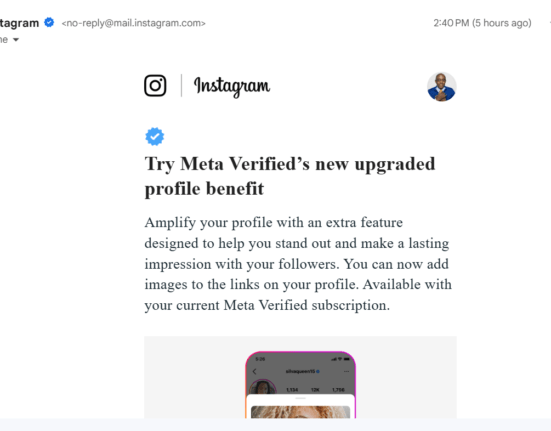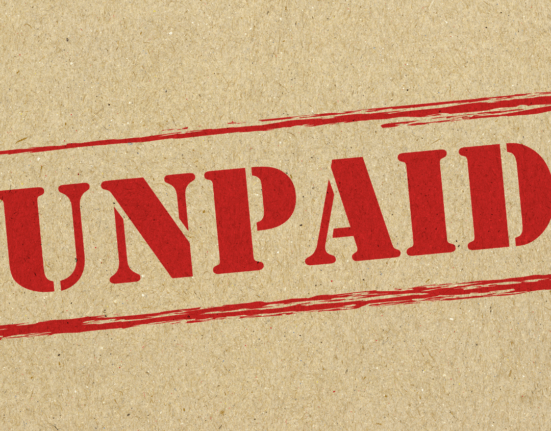As the Chief Strategy Officer for Wave, David Axler has developed a passion for supporting small businesses over the years. Axler has spent his career in the small-business and tech space, and he’s witnessed the influx of technology apps in recent years that have made starting and managing a business much easier. Wave is one such app that’s at the forefront of solving many of the back-end pain points that many entrepreneurs experience. In a conversation with Axler, Ramon Ray, publisher of BWCDaily.com and ZoneofGenius.com uncovered several simple money tips that can help business owners start and run their businesses smarter while eliminating many of the headaches of financial management. Here are five key points from that conversation that you’ll want to know as an entrepreneur.
1. Use Accounting Software to Get Organized
If you’re running a small business, accounting software can help you get organized right out of the gate, even if you only have a couple of clients or customers initially. The best accounting software will help you keep track of your finances so that you don’t have to worry about tracking them manually or missing out on important tax deductions. It’ll allow you to keep track of money coming in and going out, along with expenses you’re incurring to run your business.
Axler says even basic documentation of your business activity using Wave’s accounting tools is a good place to start. Instead of having a shoebox filled with receipts and a PDF invoice or two, you can have a dedicated platform to track your income and expenses.
“That’s really what Wave is in the business of doing — giving you an easy way to have a system of record for what’s going on in your business,” Axler adds. “From there, it cascades into different opportunities that you have.” And by having that level of organization, you can start to understand the different financial activities and responsibilities you’re encountering on a regular basis.
2. Learn How to Classify Your Workers
Knowing the difference between a W-2 employee versus a 1099 contractor will save you from major headaches with the government at tax time. The Internal Revenue Service (IRS) has specific guidelines for how to classify employees and independent contractors. You can’t just decide that someone is an independent contractor; they have to actually qualify as such. And if you misclassify an employee as an independent contractor, you could face some serious penalties from Uncle Sam.
With W-2 employees, there are certain withholdings you are responsible for, including payroll taxes and worker’s compensation. With a 1099 contractor, the worker is responsible for reporting their own taxes. As Wave explains in this article, any full-time or part-time employee on your payroll should receive a W-2 form by January 31 each year. Independent contractors and freelancers would typically receive a 1099 form stating the total amount earned for the year.
Software apps like Wave will help you understand the difference between a 1099 versus a W-2 employee so you make sure you’re classifying your workers correctly. It’ll also guide you through tax season and ensure that your company is compliant with all the rules and regulations.
3. Get Paid Faster With Online Payments
According to one study, one-third of U.S. small-business owners estimate their companies have over $20,000 in outstanding receivables. Receivables include any money owed to a company, and they can be a real headache for entrepreneurs who are waiting to get paid while also trying to build a business.
Want to get paid faster? Ditch the paper invoices and checks, and set up online payments instead. Although there may be a processing fee deducted from your invoices, it’s well worth it when you consider you can get paid more quickly and have cash flow available for other expenses. Also, such fees may be tax-deductible; work with your accountant to learn what you can and cannot deduct in terms of banking fees.
With Wave, you can receive online payments via credit card or checking accounts and get instant access to your funds without having to chase after clients. You can also set up your account for automation, with reminders sent on unpaid invoices and payments sent to your bank account on file. It’ll basically streamline invoicing and billing, so you don’t waste time with unnecessary paperwork. “Making it easier for your customers to pay you is going to pay off in dividends, particularly with the time that you’re gonna save yourself,” says Axler. “So particularly digital payments is an excellent way to start to get ahead of some of the time and organization challenges that small-business owners face.”
Related: How to Pay Global Customers and Not Be Scammed by Online Money Transfers
3. Build It Once, Deploy It Many Times Over
Today’s modern accounting software is incredibly easy to use once you get familiar with the features. And that’s good news for busy small-business owners that can’t afford to overlook any important steps as they get started. The beauty of this process is that once you get things set up as they should be, it can make your life easier.
“It’s absolutely true that the setup will take more time than the ongoing management of your business,” Axler says. “It’s our job to make that setup as seamless as possible, but also not make it so easy that we’re skipping steps.” In other words, Wave can help make the process easier but protect the business owner at the same time.
After that initial setup, accounting software like Wave gives you ways to duplicate your efforts on future customers. For instance, if you have an invoice that you can use dozens or hundreds of times with different customers, you don’t have to recreate the wheel every time you’re doing a similar task. Built-in rules-based logic and automation allow the software to do the heavy lifting of tracking your finances and getting paid. Essentially, you can use tech to get control of your business and gain better visibility into your finances — so you can spend your time elsewhere on high-impact activities.
4. Keep Personal and Business Banking Separate
When business owners are first getting started, they may hesitate to get a separate business bank account, perhaps thinking they’re not really “in business” yet. However, even as a sole proprietor, you can open up a separate account for your business. Doing so allows you to keep the most accurate system of record so that you’re not mingling personal and business expenses and income.
In other words, separate bank accounts for your business and personal finances give you the ability to track expenses and make sure they are tied to your business. This allows you to accurately report these expenses on your taxes and claim any deductions that may be available, such as home office deductions or vehicle expenses.
Axler explains it with an example: “I go to Costco or Walmart, and I need to buy something for my business. Maybe I need some printer paper, and I also need some pens. While I’m there, I also buy something for my house and I buy a soda, and now all of a sudden, I’ve created a new problem for myself, which is I can’t make sense of what belongs to me versus what’s [for my] business.”
And even though the line for the business owner themselves is often blurred — if you’re working out of your home, driving your car for business, and buying both personal and business items at the same shop, for example — keeping your expenses separate really pays off when it comes to the system of record. Moreover, as your business grows and, say, you go from sole proprietor to a corporation, it’s actually a requirement to have a business bank account. “So that’s where you move from a ‘nice to have’ to a requirement,” Axler says.
Related: Five Business Money Management Tips to Improve Cash Flow
5. Remember That Business Ownership Is a Privilege
For those who are just starting out, it’s important to understand that launching a business requires a certain reframing of the mind. Getting into the mindset that you need a business bank account — even in those early days when you’re making next to nothing — is not only a necessity but a right as a small-business owner.
While it might seem like a pain to you in the moment, it’s actually the privilege of running a business and one you should take seriously. Get your business set up for success from the beginning and run it correctly as you grow, and you can live a beautiful life.
“What’s great is that it’s actually easier to do those right things today than it was five years ago or 10 years ago,” Axler says. In the past, getting a business bank account set up at a bank historically has not been the greatest experience for the small-business owner. The barrier to entry has significantly changed, making the process easier and allowing you to integrate your banking with other tools you might be using, including accounting software like Wave. (In fact, you can even set up a business bank account with Wave and integrate it with your accounting; what could be easier than that?)
Conclusion
In today’s macroeconomic world, many business owners are looking at the road ahead to assess the best next steps. Axler notes that whether you’re gearing up for major growth or going through tough times as a business owner, having the right software will give you a proper snapshot of where your business is, allowing you to make decisions that put your business in a better position moving forward.
To learn more about Wave and the various tools available for small businesses, go to waveapps.com and start with a free account. You can also get access to expert advisors who will help you get started on the right foot.







